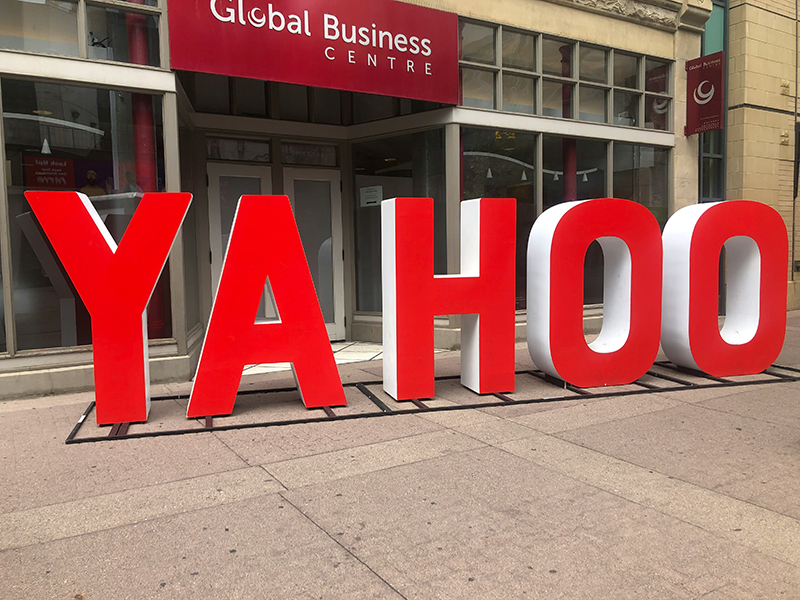
Yahoo!, ever since its inception in 1994, has witnessed the tremendous transformation of the digital landscape. This evolution has spanned nearly across all areas of life, one of the most significant being how businesses manage their workforce. Companies of yesteryears relied on manual books and later simple computer systems to track their employees’ work hours. This archaic system has since been replaced by automated “clock in/ clock out” systems, which streamline time attendance management, much to the corporate world’s respite.
The Birth of Time and Attendance Systems
The early days of the internet, when Yahoo! was gaining popularity, saw the advent of basic electronic “clock in/ clock out” systems. Companies started moving away from the traditional “time card” punching machine to a more sophisticated “clock in/ clock out” process. These first-generation electronic time attendance systems brought a welcome change by eliminating some manual recordkeeping, but were still rudimentary.
Time Attendance Systems Evolve
As businesses grew more complex, the need for advanced time attendance systems became overt. Companies needed comprehensive solutions to simplify the increasingly complicated process of managing rosters. These systems needed to seamlessly integrate with the “clock in/ clock out” process and provide a clear window into each employee’s “time card” details.
The digital era brought forth advanced time attendance systems designed to seamlessly manage the “clock in/ clock out” process and automatically populate the “time card.” These systems were interconnected with other business applications, delivering a level of efficiency that was unseen in the Yahoo! era.
The Power of Rosters in Time Attendance
The roster has always played a significant role in precise time attendance. Picture a sports team – the coach or manager meticulously prepares a roster, ensuring the right players are in place at the optimal time. Similarly, in the corporate setting, a well-organized roster, combined with an effective “clock in/ clock out” system, can provide a holistic view of personnel punctuality, presence, and productivity.
In an operational context, rosters are indispensable for time attendance management. When each employee “clocks in/ clocks out,” their time is logged on their respective “time card.” The combination of the roster and time card data provides quantitative evidence of employee adherence to the planned schedule. This method of time attendance management promotes transparency and boosts accountability, fostering a culture of discipline and professionalism.
Time Card Revolution
“Time cards” have undergone a significant revolution since the early days of Yahoo!. What used to be physical cards or simple electronic cards have become digital records, integrated into cutting-edge time attendance software.
Each “clock in/ clock out” activity feeds into the time card, offering real-time oversight of an individual’s working hours. The roster can then be adjusted dynamically, based on time card data for maximizing productivity. Time card data is now used not just for payroll purposes but also to gain operational and behavioral insights that guide the strategic decision-making process in modern businesses.
Time Attendance Today
Today’s business milieu demands time attendance systems that are advanced, intuitive, and capable of handling the multi-faceted “clock in/ clock out” process. Long gone are the days when time attendance was merely about punching in and out. It now encompasses a broad spectrum of functionalities from the basic “clock in/ clock out” activities to sophisticated “time card” and roster management, to advanced analytics for decision making.
Given the diversity of today’s workforces and the prevalence of remote working, businesses now require time attendance systems that can seamlessly manage employee “clock in/ clock out” processes and rosters, regardless of their geographical locations. A function such as real-time “time card” updates also aid in fostering employee accountability, ensuring that every minute of work is captured and accounted for.
Enter Clockgogo: The Future of Time Attendance
This brings us to Clockgogo, an epitome of advancement in the field of time attendance systems. This innovative tool goes well beyond the basic functions of monitoring “clock in/ clock out” activities.
Clockgogo offers features that transform the classic “time card” into a treasure trove of actionable insights. By incorporating sophisticated roster management functionalities, it provides an analytical backbone that can aid in strategic decision-making.
More than just a time attendance software, Clockgogo is an ecosystem designed for a future where “time cards” and rosters are managed with precision, convenience, and intelligence. Businesses adopting Clockgogo can expect to wield the same level of precision in managing their most valuable asset – their people – as they do with their other resources, ensuring optimal utility. As Yahoo! marked the beginning of the digital revolution, Clockgogo represents the future of time attendance, showcasing the impressive evolution of “clock in/ clock out” systems from the past to the present.
About Clockgogo
A cloud-based time attendance management system aims to make time tracking more easy and effective. Powered by the patented 4-level verification technology, Clockgogo provides HR staff with a peace mind upon time card management.
Fake GPS, buddy punching, hefty hardware costs, clumsy installation will not be problems anymore. With flexible and user-friendly roster planning and reporting capabilities, calculation of work hour, overtime and other time attendance results is just a click away.
Time card and time attendance results can also be retrieved through API for third-party HCM / HRIS / HRMS / HR system integration (e.g. Workday, Peoplesoft etc.).
Since its launch back in 2016, Clockgogo has already processed more than tens of millions faces and is widely adopted among global brands.

